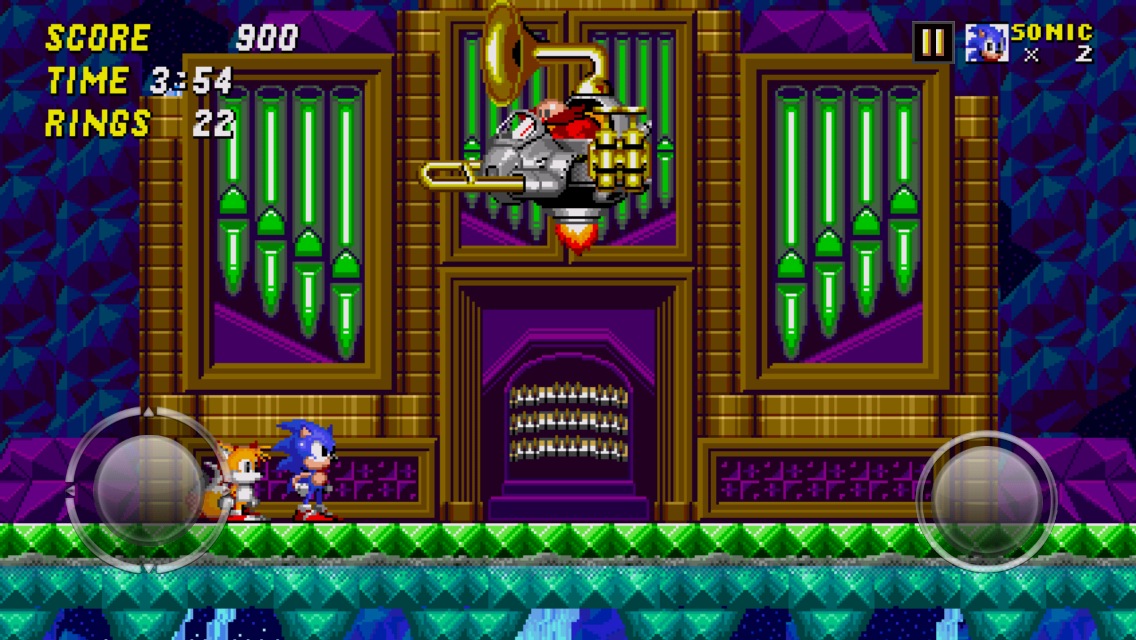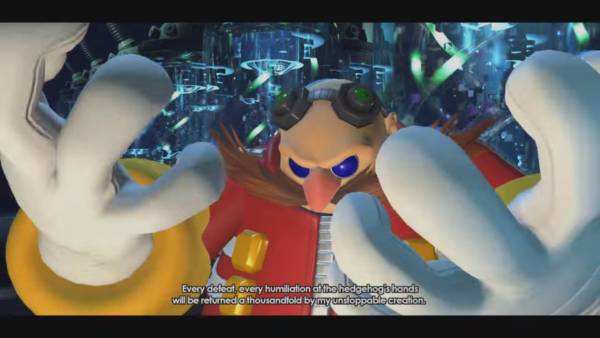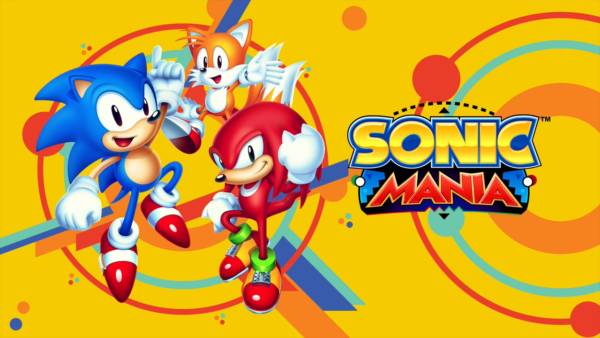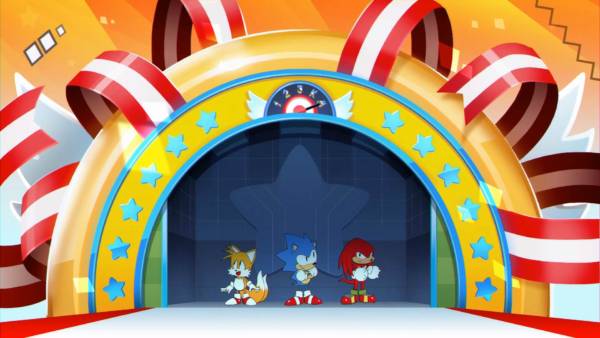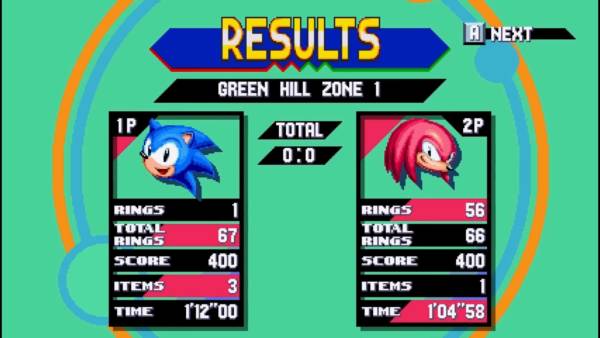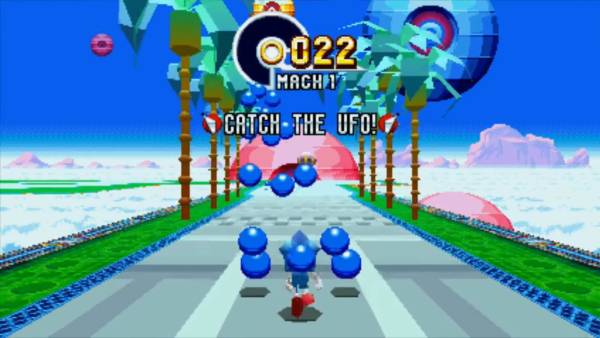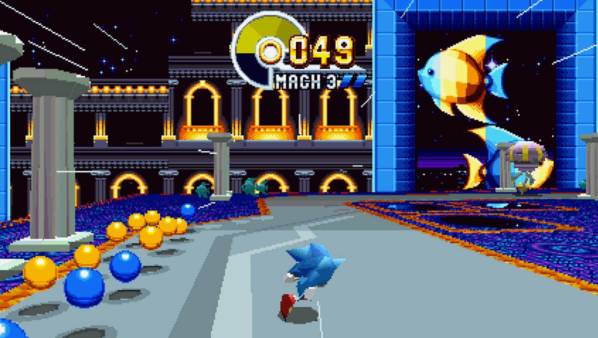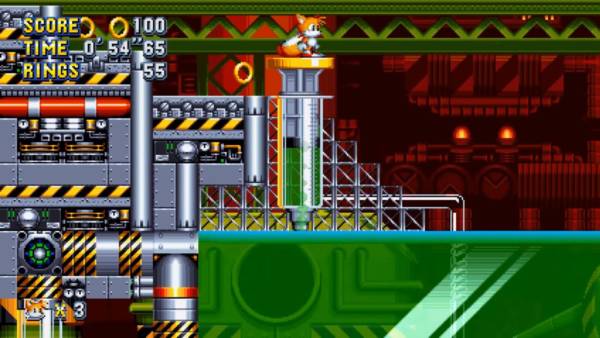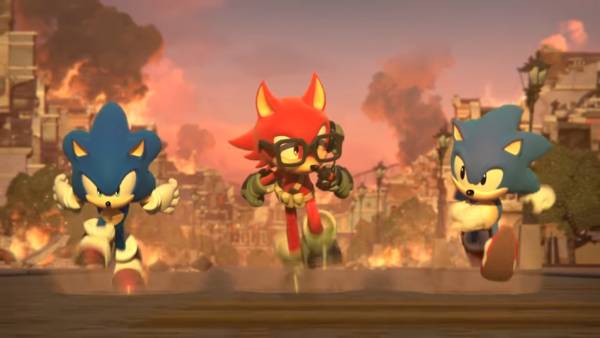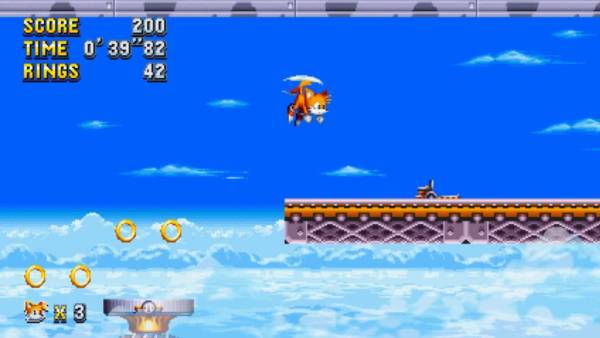5. Sonic Generations (Xbox 360, PS3, PC, 2011)

Sonic Generations stands as the best Sonic game released in the last ten years. This was the game that Sonic fans waited a decade for, and it paid off tremendously. Taking control of two Sonics, players are taken on a trip down memory lane with remakes of the more iconic Sonic levels from both 2D and 3D perspectives. Even when playing in the 3D sections, the levels are rarely linear, allowing for multiple paths.
A fully customisable soundtrack, great level design, a simple story and the perfect length of around five hours makes Sonic Generations a platformer that even non-fans should sit up and take notice of.
4. Sonic CD (Mega CD, 1993)

After the success of Sonic’s first games, Sega needed a Sonic game on their Mega CD add-on, and so members of Sonic Team in Japan got to work. A story in which Sonic has to contend with a doppelganger, Metal Sonic, and the ability to time-travel keeps things interesting.
The concept was this – if Sonic went fast enough while holding a powerup, he would travel through time like the DeLorean from Back to the Future and emerge in a new era. This made Sonic CD a very varied and diverse game, as it encouraged exploration and each version of each stage had its own musical track. Sonic CD has great music that took advantage of the new CD format, and the levels were huge, sprawling mazes.
Maze is probably the best term to describe these things. It’s easy to get lost in these levels, with some segments flat-out designed to annoy the player. It can be hard to build up the speed necessary to time-jump, so in places the game is at odds with itself. However, Sonic CD stands as one of the better entries in the series despite these hiccups. It was rereleased in 2011 with widescreen support and extra features, such as the ability to choose between the game’s US and Japanese soundtracks.
3. Sonic The Hedgehog (Mega Drive/Genesis, 1991)

Much has been said about how Sega created Sonic the Hedgehog as a killer app for its Mega Drive/Genesis console, after an internal competition to create a new flagship character. Created in 1991 with a ridiculously successful launch, many videos and articles have been created about Sonic’s marketing and branding, but it would have meant nothing if the game wasn’t any good. Thankfully this isn’t the case, and the reason behind the game’s phenomenal success is down to the way Sonic moves in-game.
The critical thing is that when you place Sonic at the top of a hill and have him curl into a ball, he’ll roll down it, picking up speed. This is the secret to the success of the series – Sonic the Hedgehog has a physics engine, and Sonic is beholden to the hyperactive laws of physics that Yuji Naka created. This is combined with Hirokazu Yasuhara’s curved, sloping, and skate-park-esque level design to deliver the speed that the series is famous for. Sonic is essentially a living pinball and you get to control him.
To this day, the ability to have Sonic curl into a ball and roll around curvy levels to build speed hasn’t even really been attempted, let alone perfected in 3D. The jump to 3D simply saw things like loops and ramps become scripted events, which is a shame. A re-introduction of what fans call “classic physics” in the third dimension is precisely where the series needs to go in the future.
2. Sonic The Hedgehog 2 (Mega Drive/ Genesis, 1992)

Sonic 2 is in many ways, a perfect sequel. It improves on practically every aspect of the first game, and introduced a new mechanic so perfectly suited to Sonic that it has become iconic itself: the Spin Dash, which allows Sonic to charge up a spin in place, and then release for a burst of speed.
The levels expanded in size and number, and Sonic Team included a multiplayer mode that allows players to race through some of the levels, and even a secret ending unlocked by finding the seven optional Chaos Emeralds. Sonic 2 also introduced Super Sonic: an even faster, unlockable god-mode version of Sonic that was so cool, many people at the time thought he was just a rumour.
The development team then went back to work for two years while they focused on the next game in the series. In 1994, Sonic Team was a powerhouse AAA developer, and their magnum opus was sold in two parts on separate cartridges almost a year apart. Sneaky yes, but when combined, these parts come together to form something very special indeed.
1. Sonic 3 & Knuckles (Mega Drive/Genesis, 1994)

The Sonic & Knuckles cartridge is famous for including a slot for yet another cartridge. Put Sonic 3 into this slot and something truly magical happens.
When people talk about the “glory days” or a “return to form” when it comes to Sonic The Hedgehog, this is what they’re referring to. Sonic 3 & Knuckles is still the pinnacle of the series 20 years later, thanks to its sprawling level design and Sonic’s sense of weight when rolling around.
New powerups, abilities, and extra playable characters (Tails and Knuckles) that don’t change the gameplay drastically make this a deeper and more involving game to play than its predecessors, but the scope is also massive in comparison.
14 huge, diverse stages, 77 Giant Rings, 14 new Emeralds to collect, multiple endings, the soundtrack, a multiplayer mode, Hyper Sonic, saving and loading…the list goes on. Sonic 3 and Knuckles even has something of an involved storyline, but it’s told in all its glory using the in-game engine and without a single line of dialogue. You can piece together the lore using the scenes the game provides, which is often how the best game stories are.
If you consider yourself a gamer at all, you need to educate yourself and play this classic game. Strip away any misinformed or stereotypical ideas you have about Sonic or the fanbase, misguided or otherwise, and find this game on a download store as soon as you can. You’ll see why there is still a following for the series, and why it’s so tragic that there seems to be a dark cloud hanging over it.
